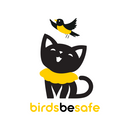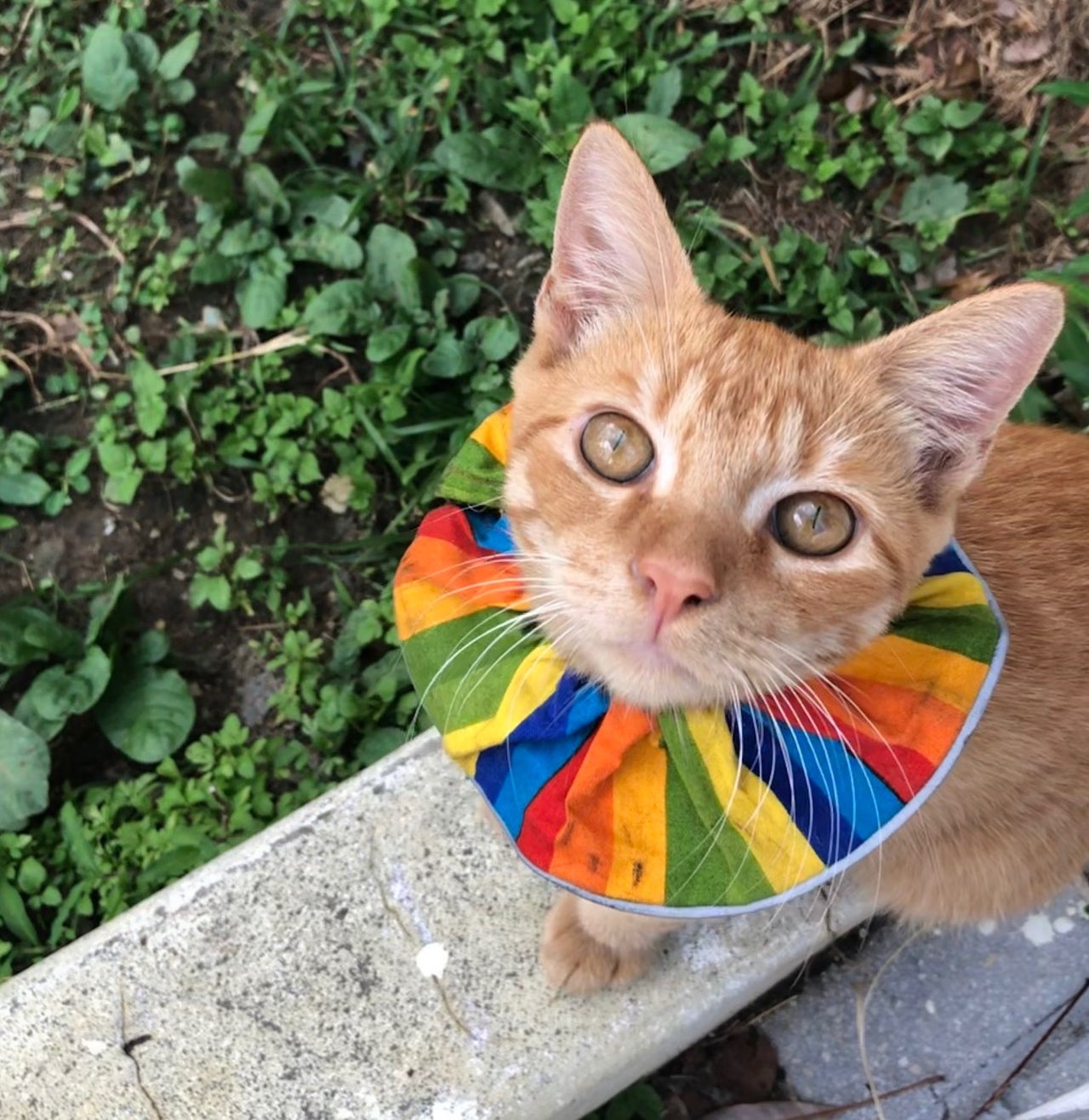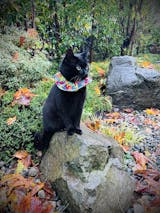Global Ecology and Conservation Journal: Birdsbesafe Research
The Birdsbesafe® company is pleased to share in the discussion of the new science study, from St. Lawrence University, as reported in the Global Ecology and Conservation Journal, an Elsevier journal available online.
Here are the major points, with direct quotes from the journal article.- "The Birdsbesafe cat collar is highly effective at reducing bird deaths."
- "We strongly suggest its use for owned and feral cats..."
- "The conservation implications are clear: if owners of outdoor cats choose to use Birdsbesafe® collar covers, a significant factor in the decline of bird populations would drop precipitously."
- "Across all cats in our study, the average cat will kill and bring home 0.72 birds per year with a Birdsbesafe® [Collar Cover] and 5.56 birds per year without [one]." (From "Discussion" section.)
Using the numbers, above, we at Birdsbesafe company calculate that represents an 87% decrease in birds killed by cats, per year, if cats wear Birdsbesafe® covers in all seasons. Here is the math to use to get to the percentage of birds saved:
1. Calculate the number of birds per year per cat that would be protected, using the above numbers: That's 5.56 minus 0.72 = 4.84 birds protected by device, on average, per year per cat.
2.To turn that into the percentage of birds saved: 4.84 divided by 5.56 = 87% birds protected!
That's why the Birdsbesafe company is devoted to this product: It really works! Tell your friends, your local nature center and your local pet store about us, and help save birds. We're already saving tens of thousands of birds. Let's reach for more!















